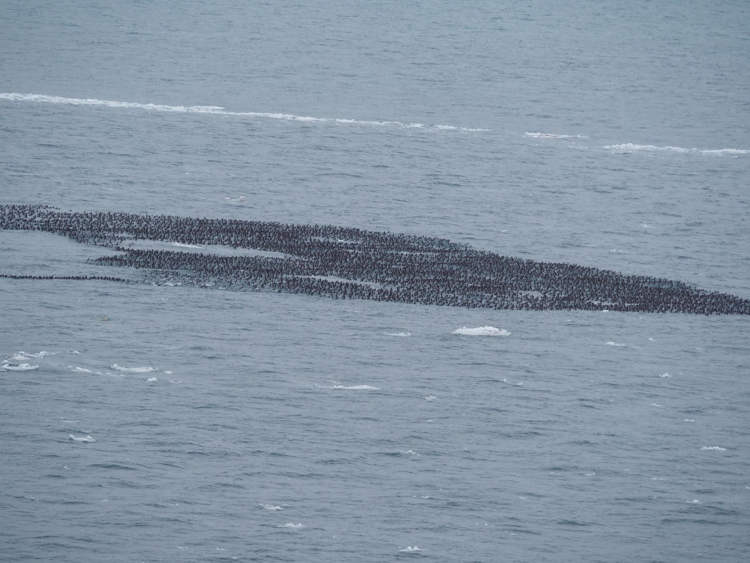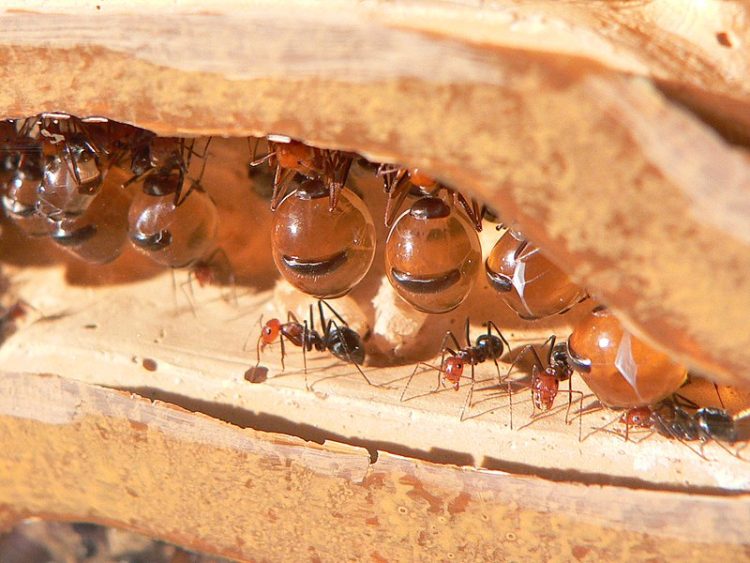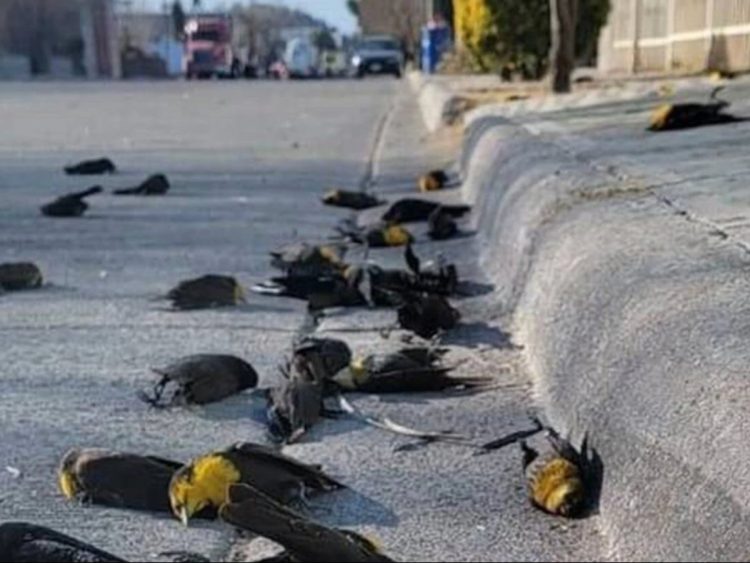A former zoo director in the Mexican city of Chilpancingo has been officially accused of a series of wrongdoings during his time in office, including cooking pigmy goats for a staff party.
José Rubén Nava Noriega is probably a prime candidate for the title of the world’s worst zoo director. During his time managing the local zoo in the city of Chilpancingo, Noriega allegedly sold animals illegally, failed to properly record animal births and deaths, somehow lost several animals, and, probably most shocking of all, he slaughtered and cooked four out of the zoo’s ten pigmy goats for a New Year’s staff feast.





















